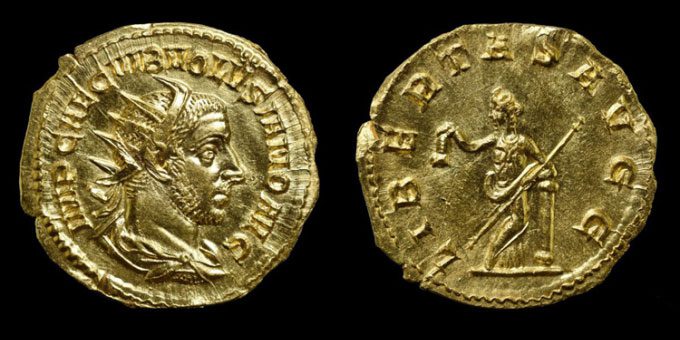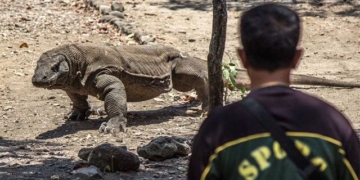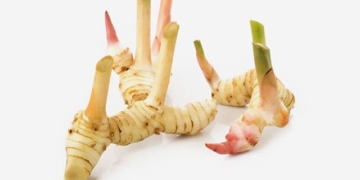The gold coin weighing 5.6 grams dates back 1,700 years, depicting Emperor Volusianus on one side and the goddess of freedom, Libertas, on the other.
A museum curator at the Rippl-Rónai Museum in Kaposvár, along with volunteers, unearthed a rare Roman gold coin earlier this year. The coin features the portrait of Emperor Volusianus, who ruled the Roman Empire for approximately two years alongside his father.

The Roman coin depicts Emperor Volusianus on one side and the goddess of freedom, Libertas, on the other. (Photo: Krisztián Balla)
At the age of 22, Volusianus was assassinated by his own soldiers. Due to his short reign, coins bearing his likeness are extremely rare. Furthermore, the discovery of a Roman gold coin of this denomination in Hungary is also quite uncommon, according to Máté Varga, an archaeologist at the University of Szeged and the excavation team leader.
Experts have yet to determine the coin’s owner. This is the only gold coin excavated in the area, so it is likely that someone lost it. “This must have been a significant loss for the previous owner to misplace such a valuable coin,” Varga remarked.
The research team found the coin while excavating a Roman settlement in Somogy, southwestern Hungary, but Varga did not disclose the specific location. “The exact location is kept secret at this time because the archaeological site is still under investigation. Illegal metal detecting is a major issue in Hungary, so we cannot reveal the site yet,” he explained.
The gold coin, weighing 5.6 grams, was minted during the reign of Emperor Volusianus, from 251 to 253 AD. One side of the coin features the emperor’s portrait with a thick beard and a crown. The other side depicts Libertas, the goddess of freedom.
This coin is not just any “small change.” “The denomination of the coin is not a typical aureus but a rare binio, which is worth double that of an aureus,” said Marjanko Pilekić, a researcher at the Coin Department of the Schloss Friedenstein Gotha Foundation (Germany).
Pilekić commented that the discovery of the coin is very “wonderful and exciting.” “Judging by the photographs, the condition of the coin is also very good,” he stated. The coin is currently part of the currency collection at the Rippl-Rónai Museum.
Archaeological work at the site where the coin was discovered is still ongoing. Based on the artifacts unearthed, including the gold coin, it appears that the Roman settlement existed in the 3rd and 4th centuries when this area was part of the Roman province of Pannonia Superior. Other artifacts include several Roman coins made of silver and bronze, a bronze key, a silver ring with an inscription, and a glass brooch.




















































